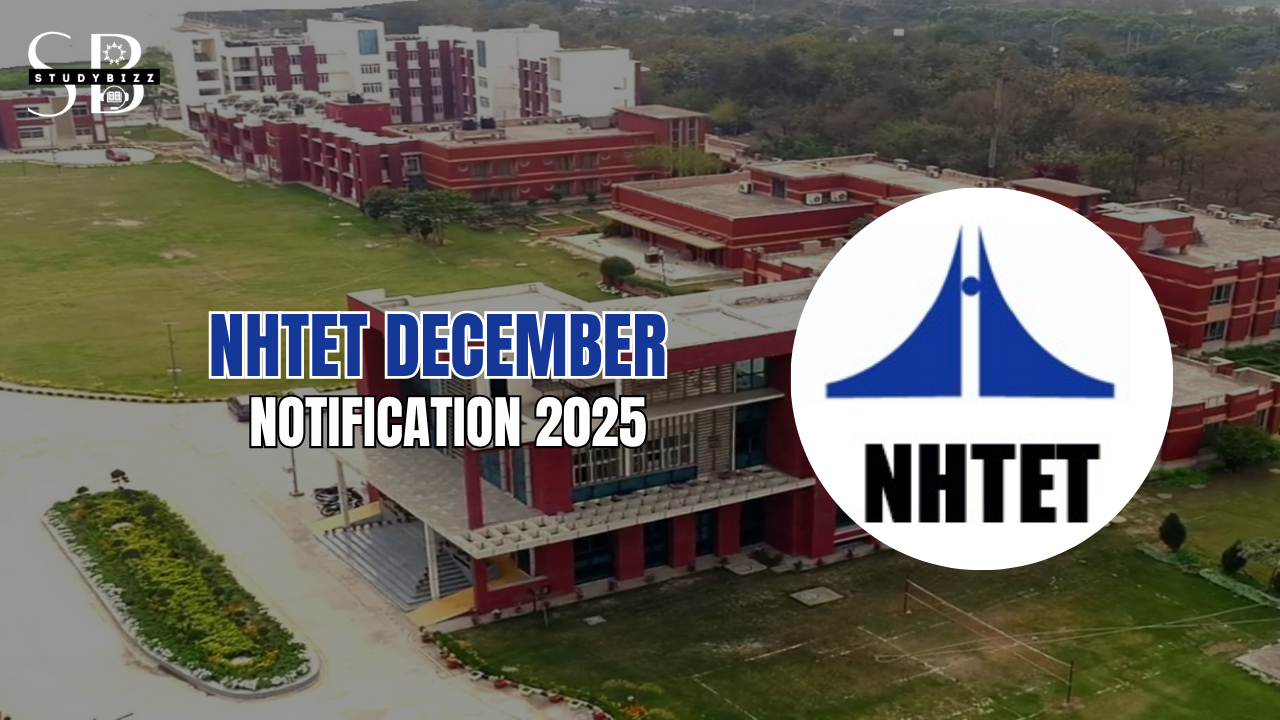The Satavahanas dynasty was known for its art and architecture, which reflected the diverse cultural influences of the region. The Satavahanas were known for their patronage of Buddhism and many of their artworks depicted Buddhist themes and motifs. They also incorporated elements of Hindu, Jain, and local traditions into their art and architecture.
One of the most notable examples of Satavahana art is the Amaravati School of Art, which emerged in the 2nd century BCE and was known for its beautiful sculptures and carvings. The Amaravati School was known for its highly detailed and realistic style, and its sculptures are considered some of the finest examples of ancient Indian art.
In terms of architecture, the Satavahanas were known for their temples and monasteries, which were constructed in a range of styles. Many of the temples and monasteries were adorned with intricate carvings and sculptures, and were often surrounded by beautiful gardens and other natural features.
The Satavahanas dynasty was also home to a number of notable literary works, including the Satavahana inscriptions, which are considered some of the earliest known examples of written Sanskrit. The inscriptions contain valuable information about the history, culture, and society of the Satavahanas dynasty. Other notable literary works from the Satavahanas dynasty include the Buddhacharita, a Buddhist scripture written in Sanskrit, and the Divyavadana, a collection of Buddhist stories and legends.
Notable Inscriptions by Satavahanas:
Nasik Inscription – by Guatami Balasri [Mother of Gautami Putra Satakarni ] states that Gautamiputra uprooted the Kshaharata (or Khagarata) family, to which Nahapana belonged. The Nashik inscription dated to the 18th year of Gautamiputra’s reign states that he reaffirmed a grant of land to Buddhist monks living at the Triraśmi peak
Nanaghat Inscription – by naganika [wife of satakarni 1] praises satakarni 1 as veera, soora, apratihara chakra dakshina pathapati and his aswameda rajasuya yagas
Guntupalli Inscription – tells about the invasion of kharavela over satavahana kingdom post satakarni 1. It terms him as mushikadipati
Junagad Inscription – also known as the Girnar Rock inscription of Rudradaman, is a Sanskrit prose inscribed on a rock by the Western Satraps ruler Rudradaman, tells about Rudra daman victory twice on Vasisthiputra satakarni but did not kill him as he was his son in law.
Coins Issues by Satavananas
The coins of Satavahanas were made up of lead, potin, silver, and copper in different shapes such as Round, Square, and Rectangular. These coins of Satavahanas were excavated from Deccan across andhra pradesh , telangana , western India, vidarbha, western and the Eastern Ghats as far as kadalur in tamil nadu.
Recent excavations in Telangana brought the coins issued by Simuka , founder of satavahana dyasty at kotilingala, kondapur , bodhan areas of telangana




Leave a Reply